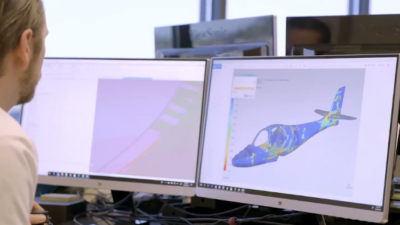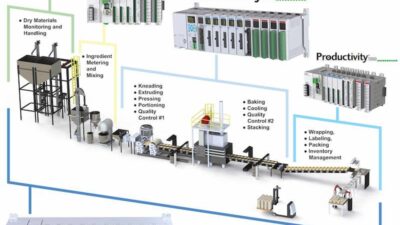E-Influences...It sounds like a strain of flu. For those not going as fast as they—or their customers—think they should with E-Initiatives, perhaps E-Influences have exceeded Y2K as a stomach irritation.End of year, decade, century brings reflections, resolutions, and timelines ad nauseum.
E-Influences…It sounds like a strain of flu. For those not going as fast as they—or their customers—think they should with E-Initiatives, perhaps E-Influences have exceeded Y2K as a stomach irritation.
End of year, decade, century brings reflections, resolutions, and timelines ad nauseum . The millennium even includes “End of life as we know it” predictions. We can only hope for the best.
My plan for the first day of the next millennium is the same as for tomorrow—act in at least one specific way to build on today’s success and avoid past mistakes, including those we observe elsewhere:
-
Moving beyond Y2K has its advantages and challenges, as seen in this issue’s cover article by Dave Harrold. “Managing Risk: Don’t Fall Flat,” shows us a few mistakes that we can learn from… or repeat. (How risk averse are you? Despite assurances, will you pack up and take work-in-process home on Dec. 31… just in case? Please e-mail me in January with any Y2K success stories or nightmares you’d like to share with readers.)
-
Some advocate Microsoft’s break-up or lament its market influence. I’m for competition, but consider where computing would be if there were as many noninteroperable operating systems in wide use as noninteroperable industrial networks. Re-examine a standardization effort aimed at providing a single sensor/transducer interface with industrial networks in “Reaching Up and Out,” by Jim Montague.
-
Customers are not captives. A Nov. 9 Chicago press conference discussing a small bit of the Nov. 8 “Summit on the Future of Engineering Software” included comments from Evan Yares, president of the CAD Society (Bethesda, Md., www.cadsociety.org ). What’s holding us back? Mr. Yares says, “It’s a social, rather than technological, challenge. Most humans resist change and the adoption of new technology. Some vendors don’t want to change.” Yet I/O hardware users seem to be getting their points across. “I/O Strategies Live Distributed or Die,” by Gary Mintchell, shows control designers know they must offer distributed, “open” I/O modules or risk losing customers.
-
Who hasn’t looked at something and thought it was something else? Monthly Product Focus reader surveys show exactly what you’re seeing—this month on operator interfaces, “Seeing is believing,” by Michael Drakulich. If we can’t communicate effectively with our processes through the interface, advanced automation and control features are costly eye candy.
-
E-Influence, the pressure to e-Everything, pervades most organizations. Key among related opportunities is the chance to re-examine workflow and thoughtflow organization . “Control Engineering Online Expands…” by Laura Zurawski, shows how upgrades to www.controleng.com give users what they need with 10 ‘channels,’ Daily News Desk, targeted newsletters, and enhanced search abilities.
Control Engineering continues to adapt to changing communications methods in print and online, ensuring we’re more useful tomorrow than the E-Influences (and other changes) you’ve experienced today. How are we doing?
| Author Information |
| Mark T. Hoske, Editor-in-Chief [email protected] |



